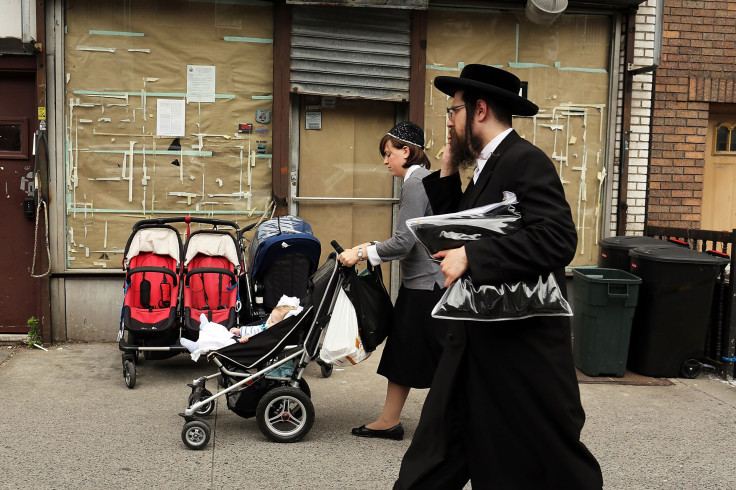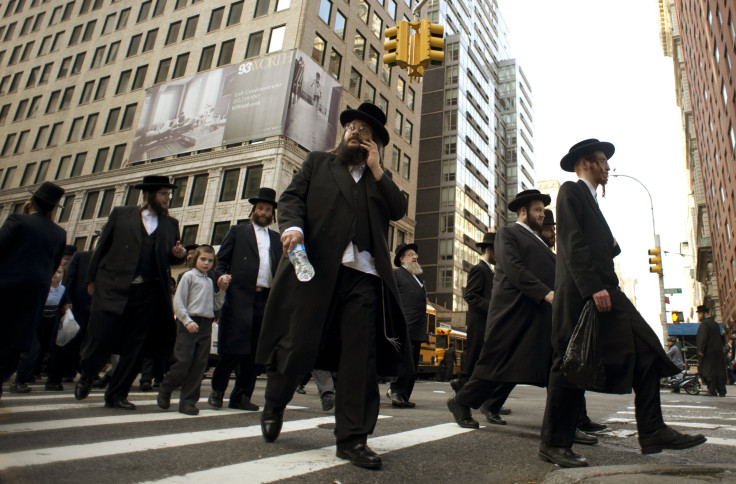Most Jewish Cities? New York, Boston And Miami Home To Largest Jew Populations In US

A new analysis finds that New York, Boston and Miami are currently the three most Jewish cities per capita in the U.S., the Jerusalem Post reported Tuesday. Roughly 8 percent of residents in New York are Jewish, with Boston only slightly lower at 6 percent and Miami at 5 percent.
The analysis, based on data collected last year by the Public Religion Research Institute, also found that 4 percent of residents in San Francisco and Philadelphia are Jewish and 3 percent in Chicago and Washington, D.C. When ranked by region, the analysis found that the Northeast is home to the most Jewish residents, with 4 percent of its population identifying with the religion. The Midwest, South and West regions are only 1 percent Jewish.
The most Jewish states are New York and New Jersey at 6 percent, followed by Massachusetts and Maryland with 3 percent and California, Connecticut, Florida, Illinois, New Mexico, Pennsylvania and Vermont all at 2 percent. The study found that the U.S. overall is 2 percent Jewish.

The analysis also found that Los Angeles, which was believed to be the country’s second-largest urban Jewish population based on raw numbers, is only 2 percent Jewish.
The Public Religion Research Institute discovered that Catholicism is either the top religious group or tied for the top religious group in 15 major U.S. metro areas. The religiously unaffiliated also make up a large portion of the country; they were either the top religious group or tied for the top group in 10 major metro areas, and were among the top three religious groups in every metro area polled. Overall, Catholicism and the religiously unaffiliated were the top two religious groups in all but nine metro areas.
The data for the analysis was collected in 2014 by roughly 52,741 telephone interviews as part of the Public Religion Research Institute’s American Value Atlas.
© Copyright IBTimes 2024. All rights reserved.






















